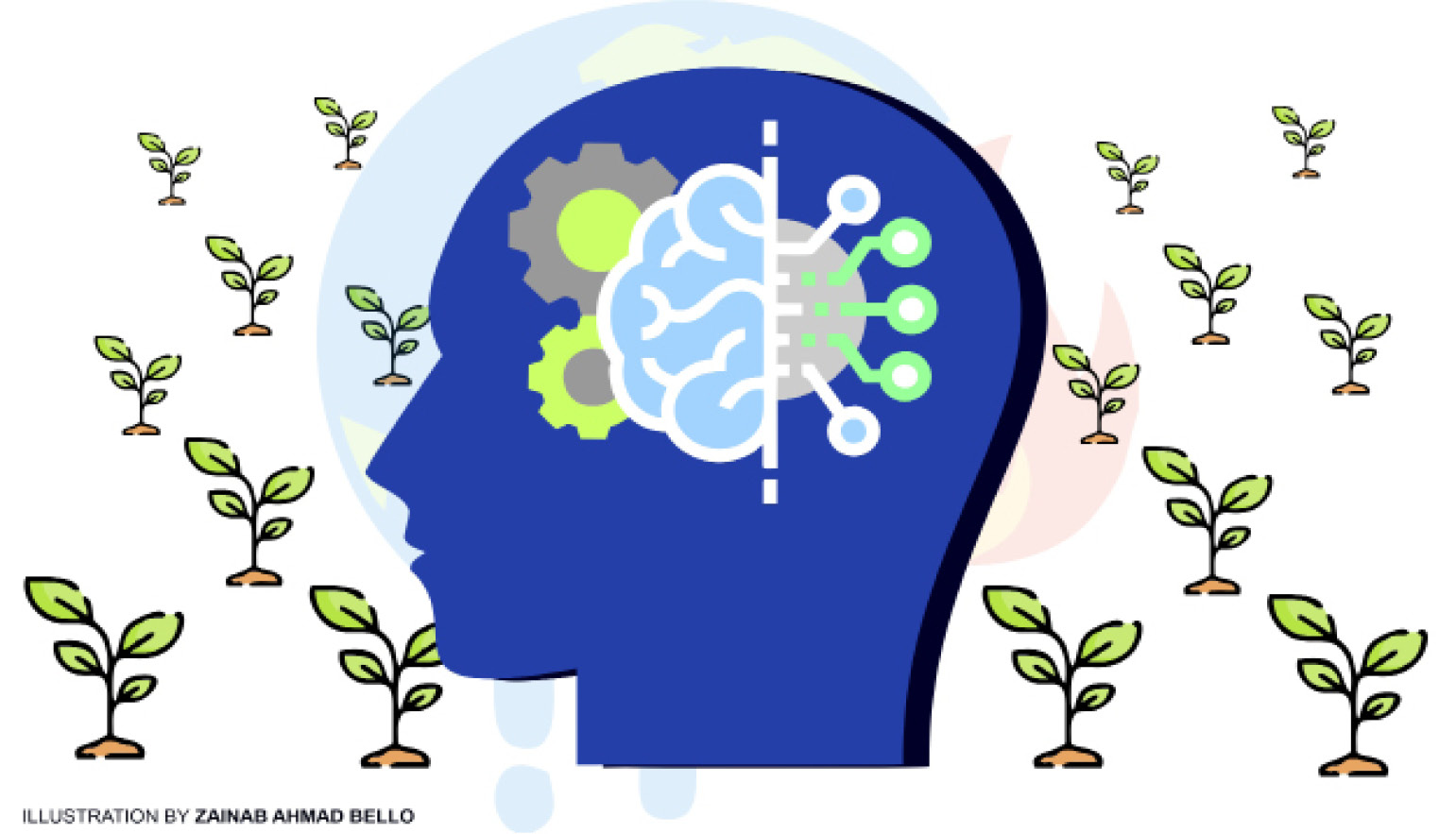An AI wrote this article!
I wanted to take a break from writing, so I instructed an Artificial Intelligence called ChatGPT to: “Please write a 200-word essay on how tree planting can reverse climate change.” It returned the answer in seconds. However, my column’s word count is between 800 to 1,000 words, so I told the machine to: “Expand this to […]

An AI
I wanted to take a break from writing, so I instructed an Artificial Intelligence called ChatGPT to: “Please write a 200-word essay on how tree planting can reverse climate change.”
It returned the answer in seconds. However, my column’s word count is between 800 to 1,000 words, so I told the machine to: “Expand this to 1,000 words.” Read the expanded version below to see if you can tell that an AI wrote it. However, some of these artificial intelligence models are not beyond returning factual errors (called hallucination); therefore, any mistakes you see should be blamed on the machine. But all credits and praises for the creativity are entirely mine.
Tree planting is a simple and cost-effective way to mitigate the negative impacts of climate change. Trees absorb carbon dioxide from the atmosphere and store it in their wood, leaves, and roots. This process, known as carbon sequestration, helps to reduce the amount of carbon dioxide in the atmosphere and mitigate the greenhouse effect, which is the primary driver of global warming.
According to the Intergovernmental Panel on Climate Change (IPCC), increasing the amount of carbon stored in forests and other vegetation is one of the most effective ways to mitigate climate change. In fact, forests and other vegetation currently absorb about a quarter of the carbon dioxide emissions caused by human activity. By planting more trees, we can increase this capacity and help to offset the carbon emissions caused by burning fossil fuels, deforestation, and other activities that contribute to global warming.
In addition to carbon sequestration, trees also provide a number of other benefits that can help to reverse the effects of climate change. Trees cool the air through the process of evapotranspiration, which releases water vapour into the air and creates a cooling effect. This is especially important in urban areas where the heat island effect can cause temperatures to rise significantly. Trees can also provide shade and protection against the sun’s harmful ultraviolet (UV) rays, which can reduce the risk of skin cancer and other health problems.
Trees also help to reduce air pollution, which is a major contributor to climate change. They absorb pollutants such as ozone, sulfur dioxide, and nitrogen oxides, which can have detrimental effects on human health and the environment. In addition, trees produce oxygen through the process of photosynthesis, which helps to improve air quality and combat the negative effects of pollution.
Furthermore, trees help to prevent soil erosion, which can lead to the loss of fertile soil and a decrease in agricultural productivity. This is especially important as climate change is expected to lead to more frequent and severe weather events, such as floods and storms, which can cause significant erosion. Trees also help to conserve water by intercepting and slowing the flow of rainwater, which can reduce the risk of flooding and erosion.
In addition to the environmental benefits, tree planting also has a number of social and economic benefits. Trees can provide food, medicine, and other resources to communities, which can improve their quality of life and help to reduce poverty. Trees can also enhance the aesthetic value of an area, which can increase property values and improve the local economy.
Despite the many benefits of tree planting, it is important to choose the right trees for the right location. Some trees are better suited to certain climates and soil types, and it is important to consider these factors when selecting trees for planting. In addition, it is important to ensure that tree-planting efforts are sustainable and do not contribute to deforestation or other negative impacts on the environment.
While tree planting alone is not sufficient to reverse the effects of climate change, it is a vital part of the solution. By planting trees and promoting reforestation efforts, we can help to absorb and remove excess carbon dioxide from the atmosphere, reduce air pollution, and protect against soil erosion. As such, it is important for individuals, communities, and governments to prioritize tree planting as a way to mitigate the negative impacts of climate change.
Individuals can take action by planting trees in their own yards or participating in community tree-planting initiatives. Communities and governments can also play a role by promoting tree planting and reforestation efforts and setting aside land for the purpose of carbon sequestration. In addition, it is important for governments and businesses to adopt policies and practices that reduce carbon emissions and support sustainable land use practices.
By working together, we can make a significant impact in the fight against climate change through the simple and cost-effective act.
Postscript:
In case you’re wondering, I asked ChatGPT: “Did you plagiarize anyone?” It replied:
“I did not intentionally plagiarize anyone’s work. I wrote both of the responses based on my own understanding of the topic and without the intention of copying from any specific source. However, it is possible that some of the language and ideas I used may overlap with information that has been previously published on the topic of tree planting and its role in combating climate change.”
